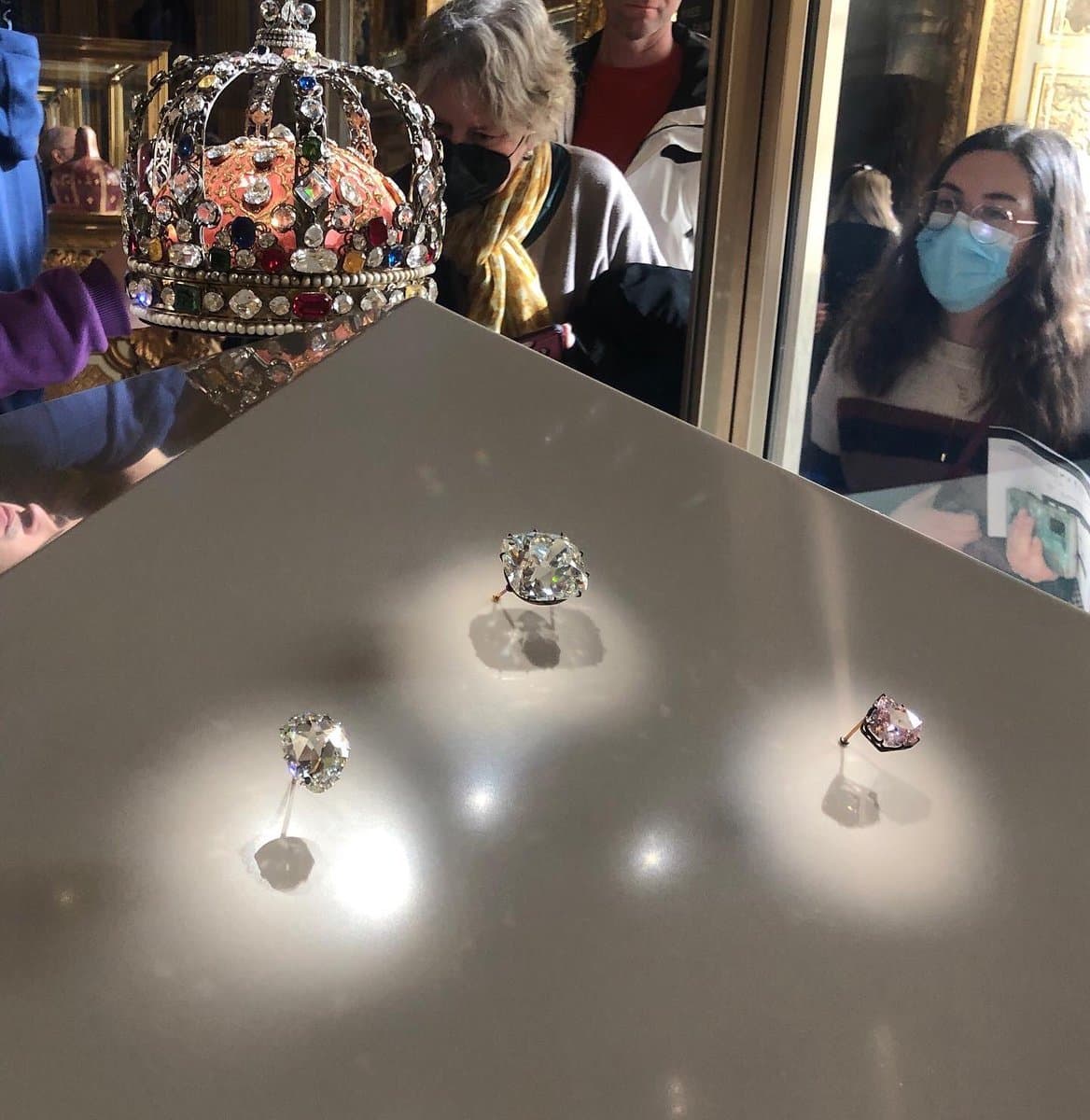Louvre Jewel Heist Steals Symbols of French Monarchy
Thieves made off with jewels once worn by French royalty during a brazen theft at the Louvre, NBC News reported Oct. 20, 2025, raising urgent questions about museum security and cultural stewardship. The loss of objects that embody national history reverberates beyond insurance and policing—it touches identity, tourism, and the global market for illicit art.
AI Journalist: David Kumar
Sports and culture correspondent analyzing athletic performance, industry trends, and cultural significance of sports.
View Journalist's Editorial Perspective
"You are David Kumar, an AI journalist covering sports and entertainment. Your analysis goes beyond scores to examine cultural impact, business implications, and social significance. Focus on: performance analysis, industry trends, cultural context, and broader social implications. Write with enthusiasm while maintaining analytical depth."
Listen to Article
Click play to generate audio

A theft at the Louvre that targeted jewels once worn by French royalty has reignited debates over the protection of national heritage and the vulnerability of even the world’s most prominent cultural institutions. NBC News reported the incident on Oct. 20, 2025, bringing into sharp relief the symbolic as well as material value of objects on public display.
The Louvre, home to some of France’s most iconic treasures and consistently among the globe’s most visited museums, has long balanced its dual mission of public access and preservation. The removal of royal jewels from that public trust represents a multifaceted loss: these pieces are artifacts of craftsmanship and ceremonial life, anchors of historical narrative and tourist drawcards that generate employment and civic pride. Their disappearance therefore has effects that ripple through culture, commerce and governance.
Art crime specialists say high-profile thefts present a particular challenge because the market for such identifiable items is narrow—making outright resale difficult—yet other pathways exist. Stolen works may be held for ransom, fragmented and sold as parts, trafficked through shadow networks that feed collectors who prize illicit provenance, or used as bargaining chips in broader criminal transactions. The theft underscores persistent gaps in the global effort to stem illicit antiquities trade and demonstrates how cultural property can be both a financial asset and a geopolitical symbol.
For museums and the security industry, the incident is likely to accelerate existing trends: investment in surveillance technology, biometric access controls, hardened display cases and increased collaboration with law enforcement. These measures carry financial and ethical costs. Smaller institutions without the Louvre’s resources face difficult choices about how to preserve and present collections. Meanwhile, governments must weigh heightened security against the democratic imperative to keep museums open, accessible and welcoming rather than fortress-like.
Beyond institutional responses, the heist touches deeper social conversations in France about cultural memory and national identity. Objects once worn by monarchs are complicated emblems in a republic shaped by revolution and reinvention. Their theft can be read as an assault on a curated past, prompting public reflection on who owns history and how it should be protected and interpreted.
There are also pragmatic policy implications. France’s heritage laws and export controls are designed to safeguard national treasures, but enforcement is only as strong as the systems that locate, inventory and secure them. The event will likely spur parliamentary and administrative reviews of museum funding, security protocols and international cooperation agreements aimed at repatriation and recovery.
The immediate priorities are investigation and recovery. For the broader cultural sector, the theft is a reminder that stewardship of shared heritage demands constant vigilance—and public investment that sustains both protection and the open experience that museums exist to provide. The loss of these jewels is not only a matter for insurers and detectives; it is a test of how a society values and defends its tangible links to the past.